When The Church of Jesus Christ of Latter-day Saints builds a new temple, our non-Latter-day Saint friends naturally have questions about what we do there. They wonder how a temple differs from a regular chapel. They wonder why they cannot go inside the temple after the public open house and dedication. This post will provide some basic answers.
Temples in Bible times
The temple was the center of worship in ancient Israel. When Moses left Egypt, God instructed him to build a portable temple, known as the tabernacle.
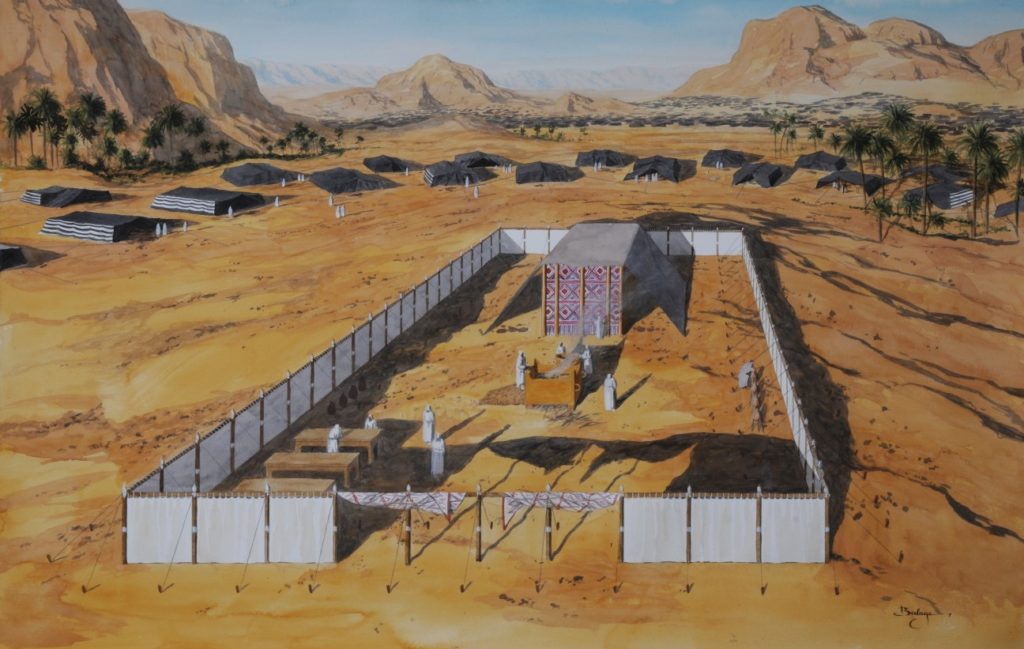
Solomon later built a permanent structure, using the finest materials available.
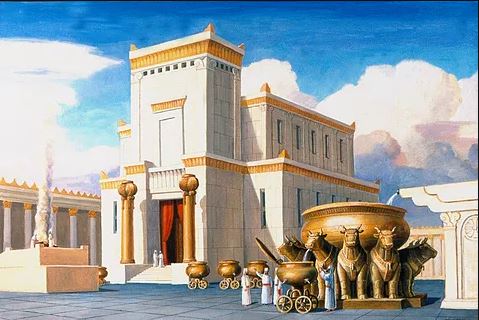
Following the temple’s destruction by Babylon in 587 B.C., it was restored by Zerubbabel 70 years later. Herod the Great further rebuilt and amplified it. In Jesus’ day it was under the control of an apostate priesthood. But Jesus nonetheless revered the temple as His Father’s house and felt incensed by those who profaned it.
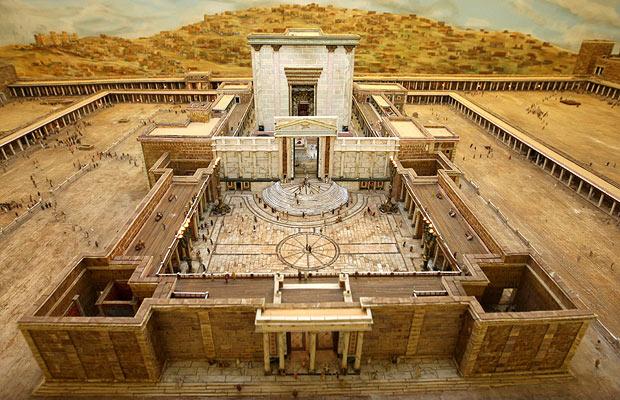
As an integral part of the restoration of the gospel, God commanded Joseph Smith to build a temple in Kirtland, Ohio. He promised rich blessings, including an “endowment” of power from on high. Since that time the Church has continued to build temples wherever circumstances permit. There are currently 159 temples in operation, with 11 more under construction and 19 announced but not yet started.
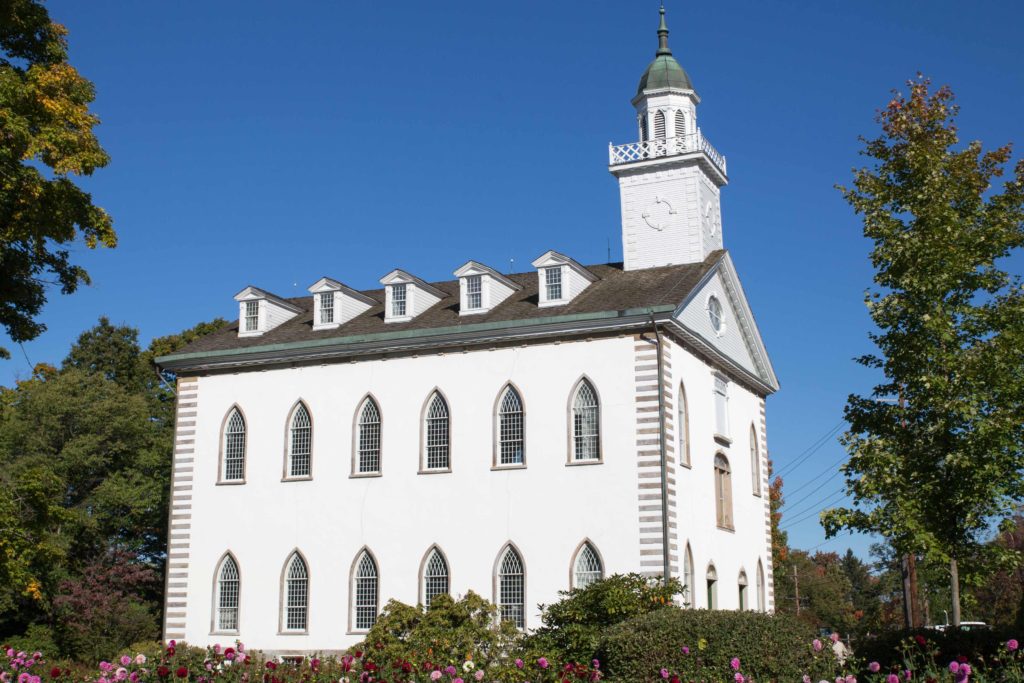
Unlike regular chapels, where local wards or congregations conduct weekly worship services, temples are closed on Sundays. They are typically open from Tuesday through Saturday for special ceremonies and instructional meetings unique to the Latter-day Saint faith.
Baptisms for the dead
In the New Testament Paul asked a question which has bewildered generations of scripture readers: “Else what shall they do which are baptized for the dead, if the dead rise not at all? why are they then baptized for the dead?” (1 Corinthians 15:29.)
Evidently early Christians were performing vicarious baptisms on behalf of deceased loved ones who had not had that opportunity. Paul clearly accepted the practice and took for granted his readers did as well. But some of those readers seem to have questioned whether the Christian faith really taught a future bodily resurrection. Paul’s point was that if there were no resurrection, it would make no sense to be spending useless time performing baptisms on behalf of those who were dead.
But though baptism for the dead was an essential practice in early Christianity, it was subsequently abandoned. In the 1840’s God instructed a modern prophet, Joseph Smith, to begin the practice again. The first baptisms for the dead were done in the Mississippi River. But the Lord specified that once the Nauvoo (Illinois) Temple was completed, they should perform such ceremonies only in dedicated temples. Worthy Latter-day Saints ages twelve and above are authorized to enter temples for that purpose.

Latter-day Saints, of course, are not forcibly “making Mormons” out of those for whom they are baptized in the temple. The deceased are very much alive in a world of spirits, where they have the opportunity to be taught the gospel and choose for themselves whether or not to accept the baptism performed vicariously for them. Peter taught that while Christ’s body was in the tomb, He went and “preached unto the spirits in prison; Which sometime were disobedient….” (1 Peter 3:19 – 20.) He further taught that “for this cause was the gospel preached also to them that are dead, that they might be judged according to men in the flesh, but live according to God in the spirit.” (1 Peter 4:6.)
Family History
Another biblical scripture for which Latter-day Saints have a unique understanding is the last passage in the Old Testament. There the prophet Malachi quotes God promising: “Behold, I will send you Elijah the prophet before the coming of the great and dreadful day of the LORD: And he shall turn the heart of the fathers to the children, and the heart of the children to their fathers, lest I come and smite the earth with a curse. (Malachi 4:5 – 6.) For centuries observant Jews have left an empty chair at their Passover meals in anticipation that Elijah might literally appear.

Joseph Smith testified that Elijah actually did come on a Passover day, April 3, 1836, in the Kirtland Temple. In fulfillment of Malachi’s ancient prophecy, he bestowed on Joseph and Oliver the keys to turning the hearts of children to their fathers (ancestors). He conferred divine authority to perform essential temple ordinances on behalf of those who had gone before.
This seems to have been accompanied by a worldwide feeling of urgency to keep records and to discover those already kept. The year after Elijah’s coming, Great Britain instituted civil registration of births, marriages, and deaths. This has greatly facilitated family history research since that time. Genealogical societies have proliferated, and much effort has been expended to preserve, photocopy, and digitize the world’s records. Family history is reportedly the second most popular hobby in the United States, trailing only the watching of TV.
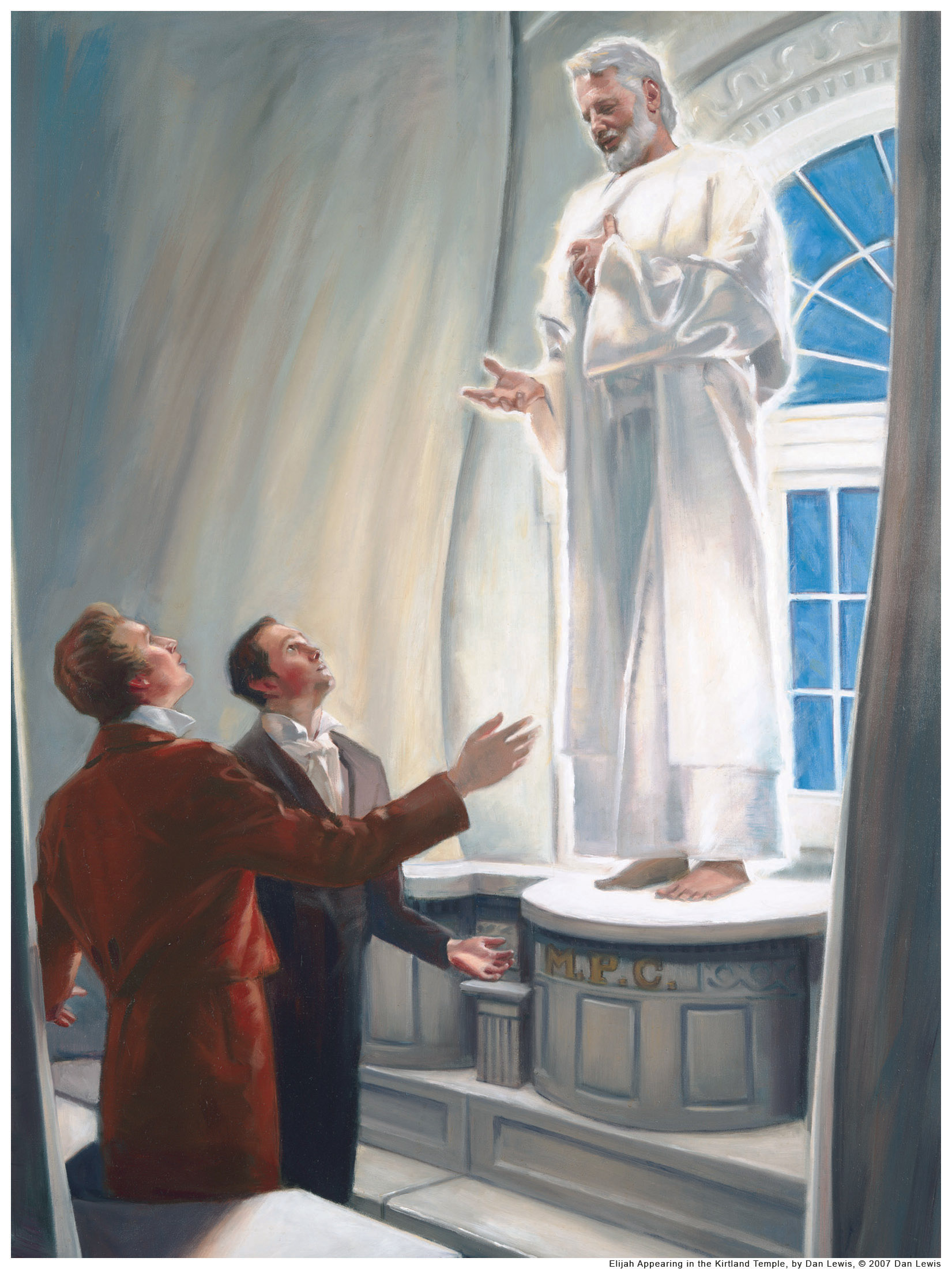
But for Latter-day Saints family history is much more than a hobby. They view it as a divine obligation and a source of much personal satisfaction to be able to find details of the lives of their ancestral families and to be able to perform temple baptisms and other sacred ordinances on their behalf.

In support of family history and temple work, the Church has established FamilySearch, the largest genealogical organization in the world. Its affiliated web site, www.familysearch.org, had over 134 million visits in 2017. It offers free access to hundreds of millions of digitized records. In addition to the world-famous Family History Library in Salt Lake City, the Church also maintains over 5000 branch libraries in some 130 countries around the world.
The Temple Endowment
Another ordinance (ceremony) performed in temples for both the living and (vicariously) for the dead is called the “endowment.” When I received my own temple endowment years ago, I was told very little about what to expect. I had never even seen a picture of the inside of a temple. I didn’t know it was even proper for them to be displayed. I erroneously thought no one was permitted to tell me anything about the endowment before I entered the temple itself. I have since found that there is much that can and ought to be said ahead of time.
It is true that there are certain details of the ceremony that we do not speak of outside of the temple, because we are instructed not to. Presumably it is to maintain the sanctity of the experience as well as to demonstrate our obedience to a divine commandment. Boyd K. Packer explained: “The ordinances and ceremonies of the temple are simple. They are beautiful. They are sacred. They are kept confidential lest they be given to those who are unprepared.”
We can explain that the endowment is not just one ceremony but a series of instructions and ceremonies occupying about two hours of time. Participants dress in white clothing, symbolizing purity, oneness, and equality.
James T. Talmage, in his classic book The House of the Lord, elaborated:
The temple endowment … includes a recital of the most prominent events of the creative period, the condition of our first parents in the Garden of Eden, their disobedience and consequent expulsion from that blissful abode, their condition in the lone and dreary world when doomed to live by labor and sweat, the plan of redemption by which the great transgression may be atoned, the period of the great apostasy, the restoration of the Gospel with all its ancient powers and privileges, the absolute and indispensable condition of personal purity and devotion to the right in present life, and a strict compliance with Gospel requirements….
The ordinances of the endowment embody certain obligations on the part of the individual, such as covenant and promise to observe the law of strict virtue and chastity, to be charitable, benevolent, tolerant and pure; to devote both talent and material means to the spread of truth …; to maintain devotion to the cause of truth; and to seek in every way to contribute to the great preparation that the earth may be made ready to receive her King,–the Lord Jesus Christ. With the taking of each covenant and the assuming of each obligation a promised blessing is pronounced, contingent upon the faithful observance of the conditions.
These instructions and ceremonies are given in beautiful instruction rooms such as depicted below:
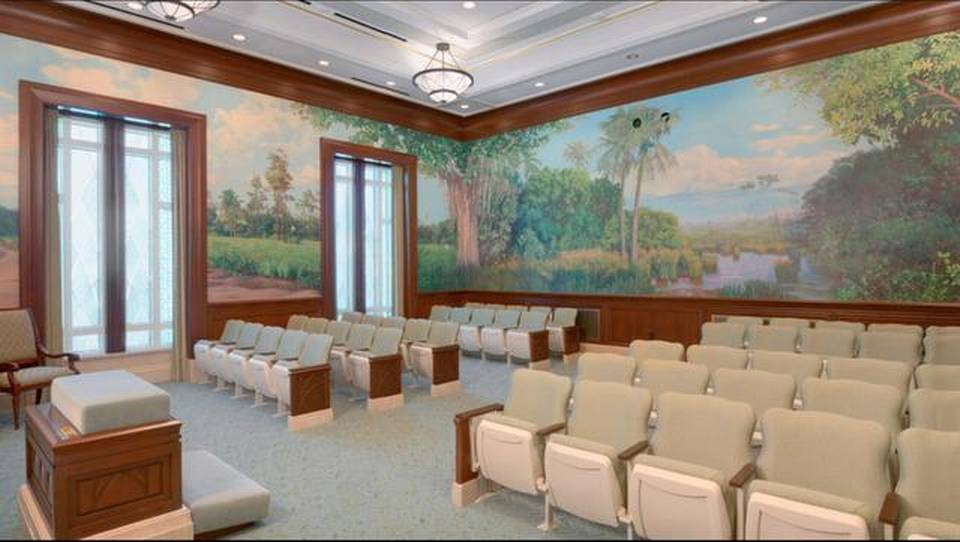
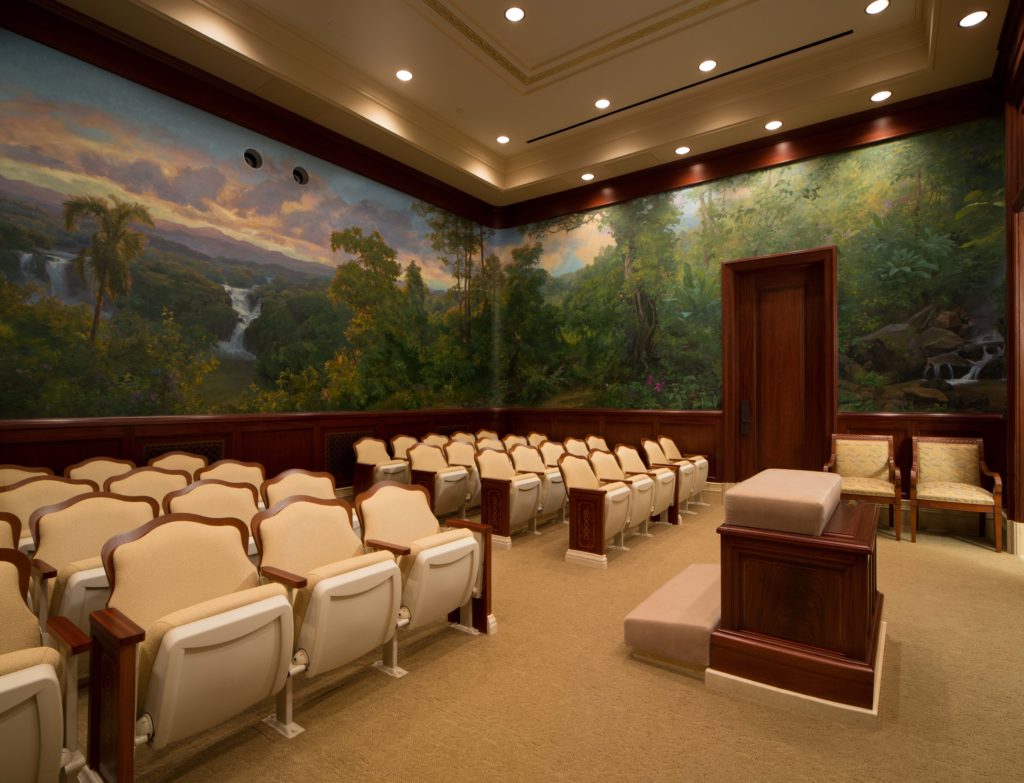
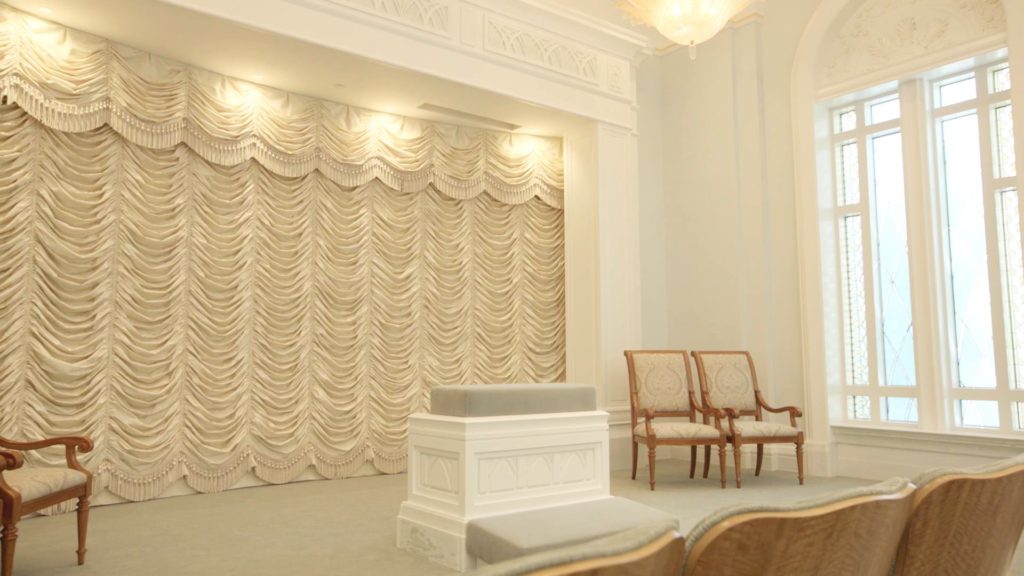
At the conclusion of the endowment ceremony, participants are ushered into the “celestial room,” the loveliest room in the temple, with decor and atmosphere intended to symbolize the very presence of God.



Latter-day Saints consider the endowment ceremony to be a required ordinance for one’s eternal salvation. In one sense, it might be compared to a graduation ceremony. It would make little sense to attend school for decades but never graduate.
Likewise, faithful Latter-day Saints aspire to receive the endowment as an essential step along life’s journey. Young men and women typically receive it prior to leaving for full time missionary service or prior to being married. Adult converts may receive it one year following their baptism. Once a member has received the endowment, he is encouraged to return frequently to the temple to receive the same ordinance vicariously on behalf of deceased relatives, for whom the endowment is considered as vital as baptism.

Can anyone enter a temple?
The short answer is yes—provided they meet the entrance requirements. Temples are not secret. But they are sacred. Prior to their dedication, a public open house is held, during which time members and non-members alike may enter. They may see every part of the temple and hear explanations of what is done in each. Following the temple’s dedication, only members with a valid temple recommend may enter. Similar restrictions applied to temples in ancient times. Certain portions of the temple were restricted to Jews only. Other parts were restricted to men only, and certain parts to only the priests. Only the high priest could enter the Holy of Holies, and that just once a year.
Access to today’s temples is not restricted by ethnicity or gender. But all must pass a “worthiness interview” with their local bishop. He will ask about the member’s commitment to the Church and his observance of the basic commandments. Those twelve and over may receive a “limited use” recommend to participate in baptisms for the dead. Those participating in endowment or sealing ordinances, either for themselves or for deceased relatives, will typically be at least eighteen. A limited use recommend is valid for one year. An “all purpose” recommend is valid for two, after which another interview will be required.
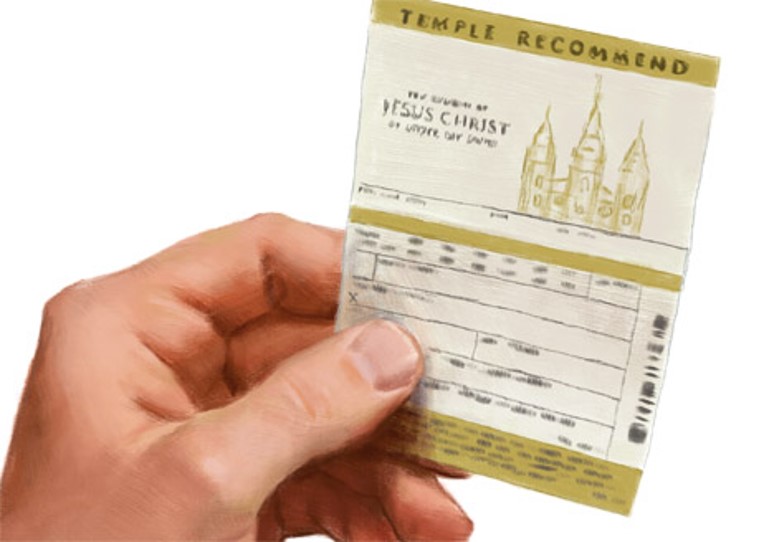
Temple marriages and sealings
A second vital ordinance performed in temples for both the living and the dead is that of eternal marriage. In the case of those previously married, a “sealing” is performed. This makes the marriage valid not just until death intervenes, but for all eternity. Children born to those previously sealed in the temple are understood to be automatically sealed to their parents in an eternal relationship. Those not born to such parents may be sealed to them in the temple, with the parents present, if living, or vicariously if the parents are deceased.
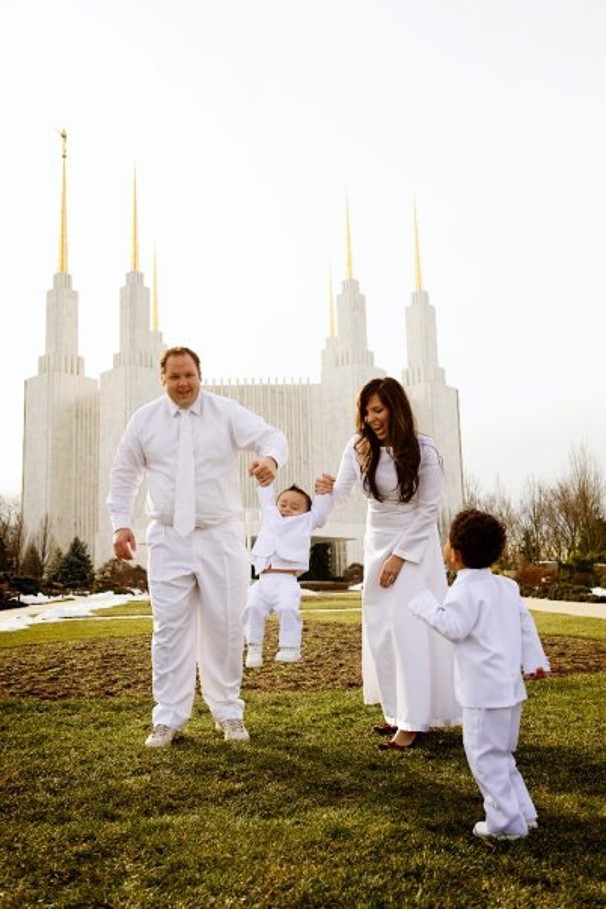
Sealing rooms look like the following:
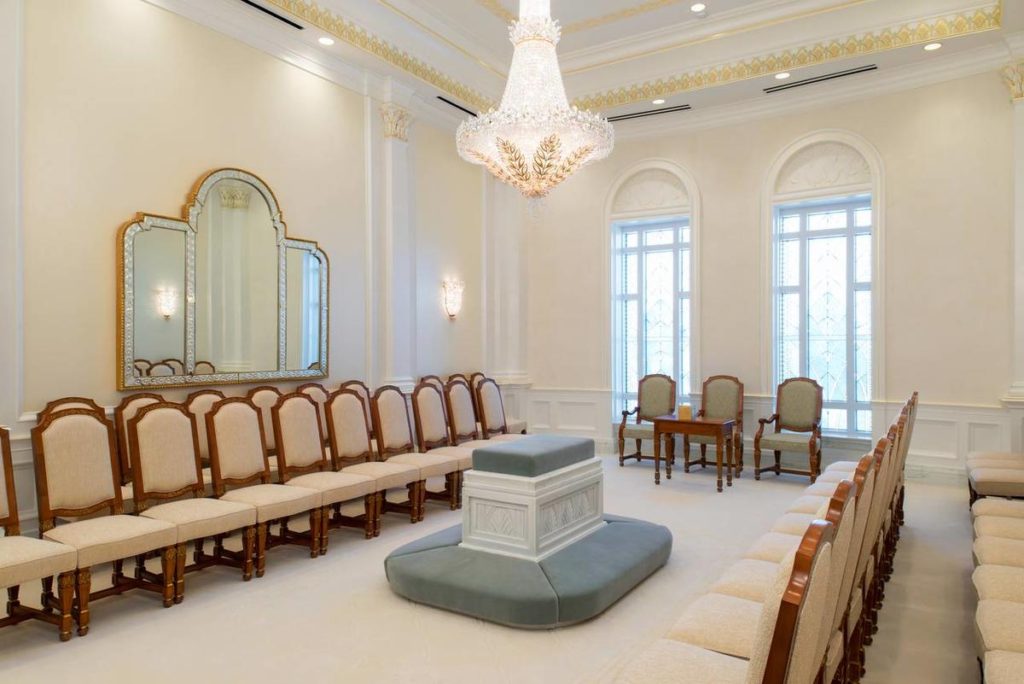

As my wife and I approach our 55th wedding anniversary, I can’t tell you how much it means to know that we are not coming to the end of our marriage—we’re just getting started!

The Temple As a Place of Inspiration, Comfort, and Peace
Some may wonder why the Lord would require us to continue to return to the temple to do ordinances for others. Do we really have to be baptized, endowed, and sealed on behalf of each deceased relative, one by one? Couldn’t the Lord have devised some other way to save the dead?
Probably. The Lord in His infinite wisdom and mercy could most likely have found another way to save the dead. But I am convinced He could not have saved the living nearly so easily without temples. Just as our physical bodies need constant food, so do our spiritual bodies regularly need that which is most easily found in temples.
Jesus referred to the temple in His day as a “house of prayer.” It can be so for us. Moses went to the top of Sinai and Joseph Smith went into a grove of trees. We can similarly go to a temple to escape from the atmosphere and cares of the world. There we can more easily hear the divine voice give us direction for our own lives.

The temple also affords us the opportunity to remember and reflect on who we are, why we are here, and where we are headed. As we make sacred covenants on behalf of others, we can reflect on those same covenants we previously made for ourselves.
President Spencer W. Kimball, 12th president of the Church, once said that the most important word in the dictionary may be “remember.” Significantly, the word “remember” in its various forms occurs 554 times in the scriptures. The word “forget” is found 148 times. Almost always when the scriptures tell of someone forgetting, they are falling into transgression and facing calamities. When they “remember,” they are happy. In the peace and quiet of the temple, there is much opportunity to ponder, reflect, and remember things of eternal significance.
A Spiritual Banquet
Not everyone, even in the Church, has come to regard temple attendance, either for themselves or for others, as important. Some who may acknowledge its importance have yet to admit feeling excited about it. Some make excuses that they don’t have time to attend, or that they don’t know how to find names of deceased relatives. Some don’t want to make the needed life changes to qualify for a recommend. Some have yet to learn that the Lord is not a capricious parent trying to make life complicated and unpleasant but is a loving Father inviting us to enjoy a marvelous blessing on a recurring basis.
It reminds us of the Parable of the Great Supper, as told by Jesus. In it a rich man announced a sumptuous feast and invited his guests. He exacted a commitment from each to attend. He promised to advise them at the day and hour when all was ready.
At last the day arrived. The rich man sent his servants to tell those invited that all was ready. But the servants heard all sorts of lame excuses. One man said he had just bought a piece of land and had to go check it out immediately. (Perhaps the land would not be there tomorrow?) Another had purchased five yoke of oxen and had to go try them out. (Maybe the oxen wouldn’t live until the next day?) A third protested that he had just gotten married, and so couldn’t come. (Evidently married people in that culture no longer ate?)
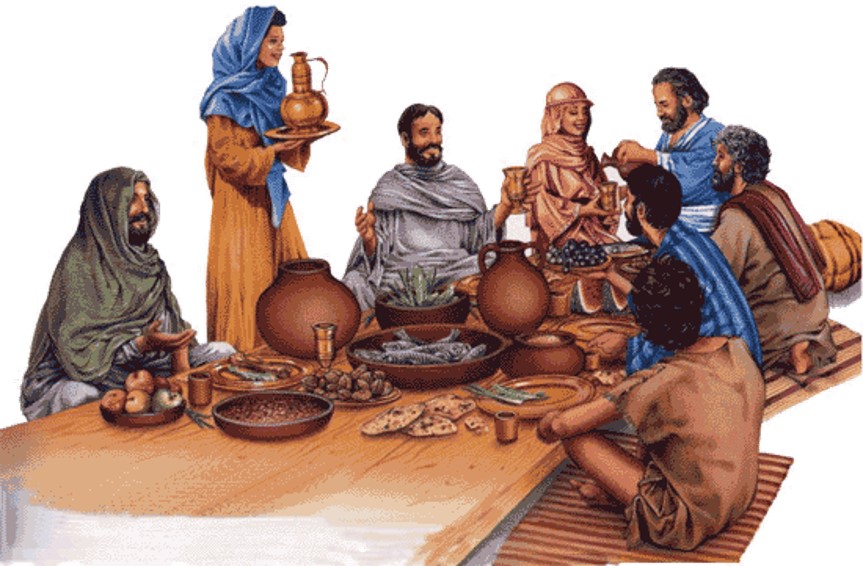
What was Jesus trying to teach with such a story? It is unlikely that someone invited to a literal banquet would try so hard not to attend. But there are unfortunately those who turn down even more wondrous spiritual food.
My own experience is that God offers us spiritual “food” in His temples which is not only nutritious but delicious! I love attending a weekly session with my wife. And we both love serving as temple workers on several shifts per week. The temple will provide proxy names for those who arrive without family names of their own. But the experience is even greater when one is doing the work for a deceased relative of his own.
I come from generations of Latter-day Saint ancestors on both sides of my family. Many of them have been involved in family history and temple work. Six years ago I thought it would be almost impossible to find additional names of departed relatives. I have been thrilled to find how wrong I was. It is indeed difficult to find additional ancestors. But I finally realized that I had hundreds and even thousands of distant cousins who still needed temple ordinances. Surely my ancestors would be as excited to have work done for one of their descendants as for an ancestor. With the indexed records online at FamilySearch.org and at Ancestry.com it has been easy. It is a constant delight to find names and vital statistics for these relatives and prepare their names for the temple. In a future post I will offer some suggestions about how you, too, can have a success experience. It will be one of the great adventures of your life. And your relatives will thank you eternally.
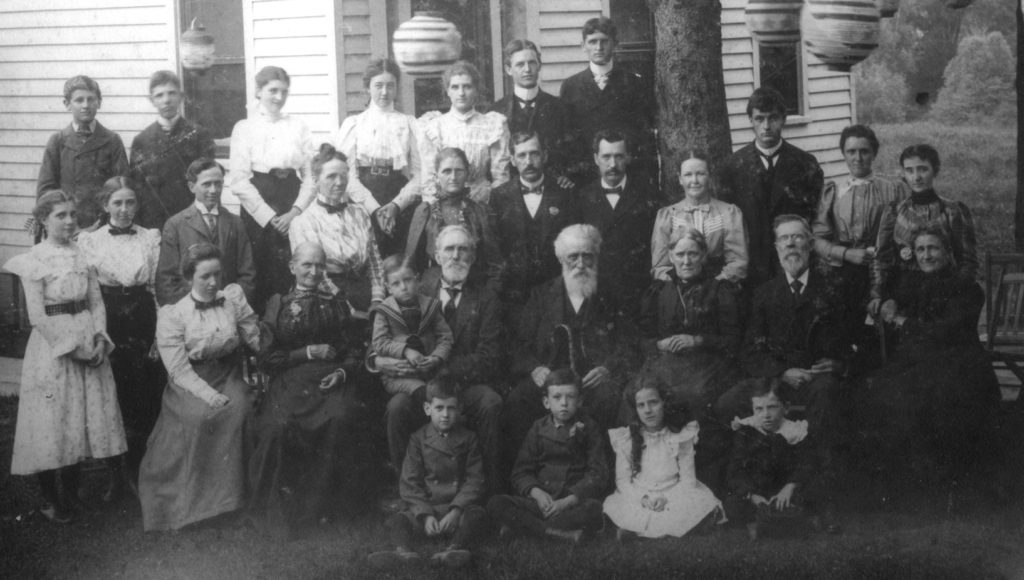
Additional Resources
You may also enjoy any or all of the following related videos:
And the following article from the Church’s website offers an excellent summary of the temple endowment ceremony: https://www.churchofjesuschrist.org/study/manual/about-the-temple-endowment/about-about-the-temple-endowment?lang=eng

I agree with you completely concerning all you have written. I am now 70 plus, retired and have undertaken family history and temple ordinances for my family members, both close and distant. I have also become an ordinance worker on a weekly basis as far as family needs and weather does allow. My wife and I do a lot of ministering during the week for church members as well as family and non members. Due to a severe and non correctable hearing issue I cannot serve very well at the veil but gain joy in all other aspects of temple service.